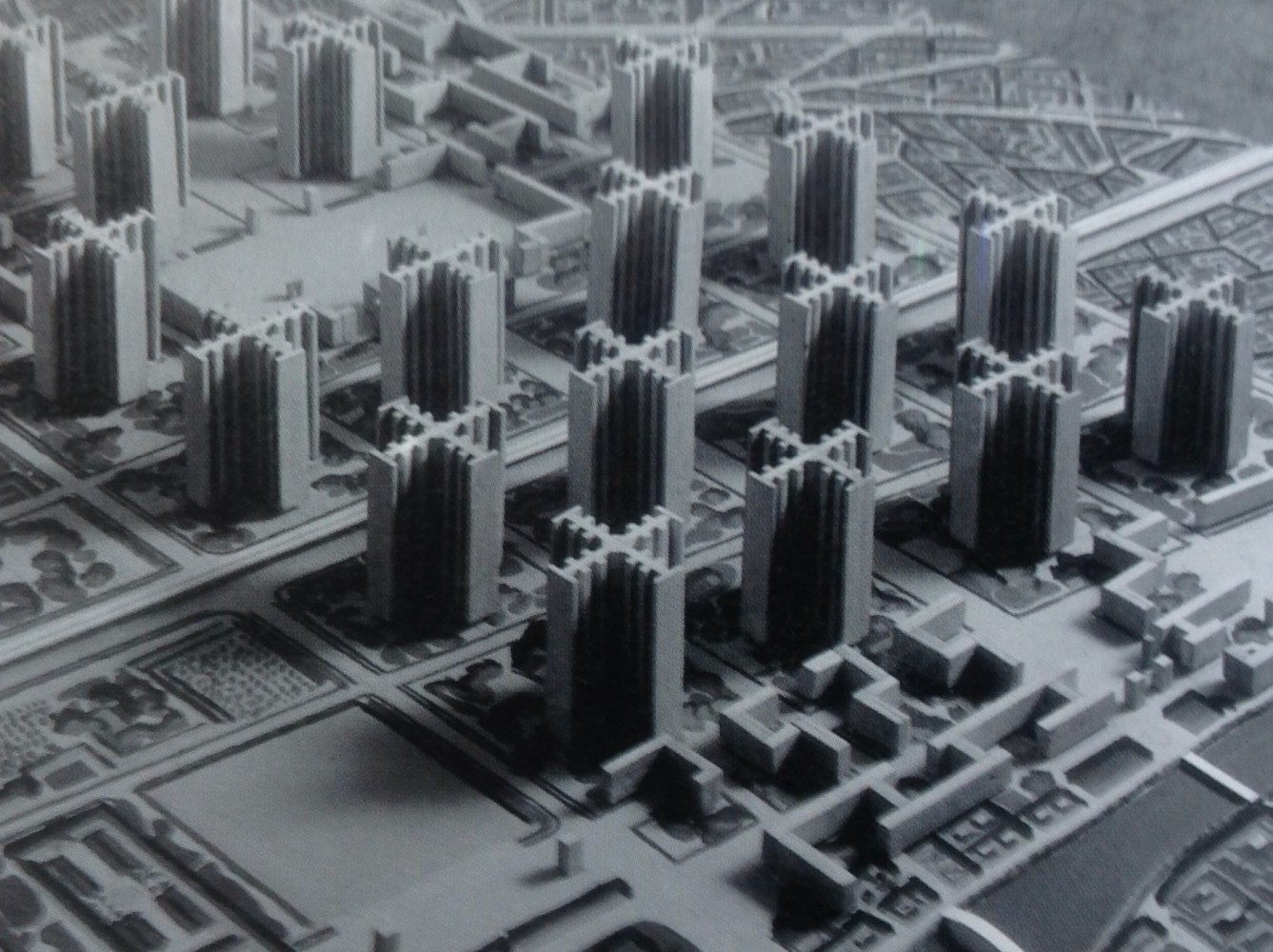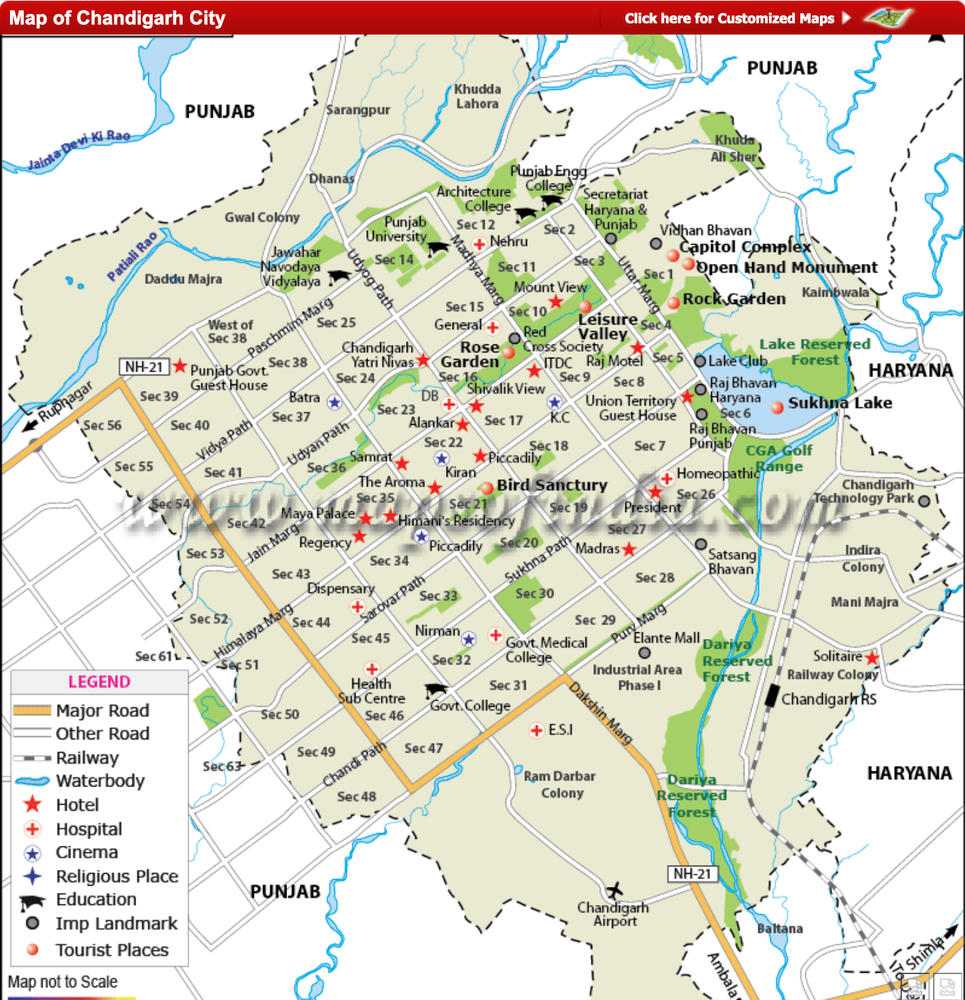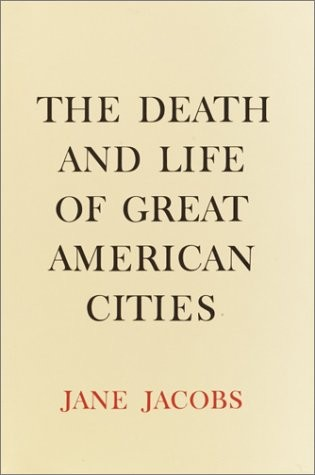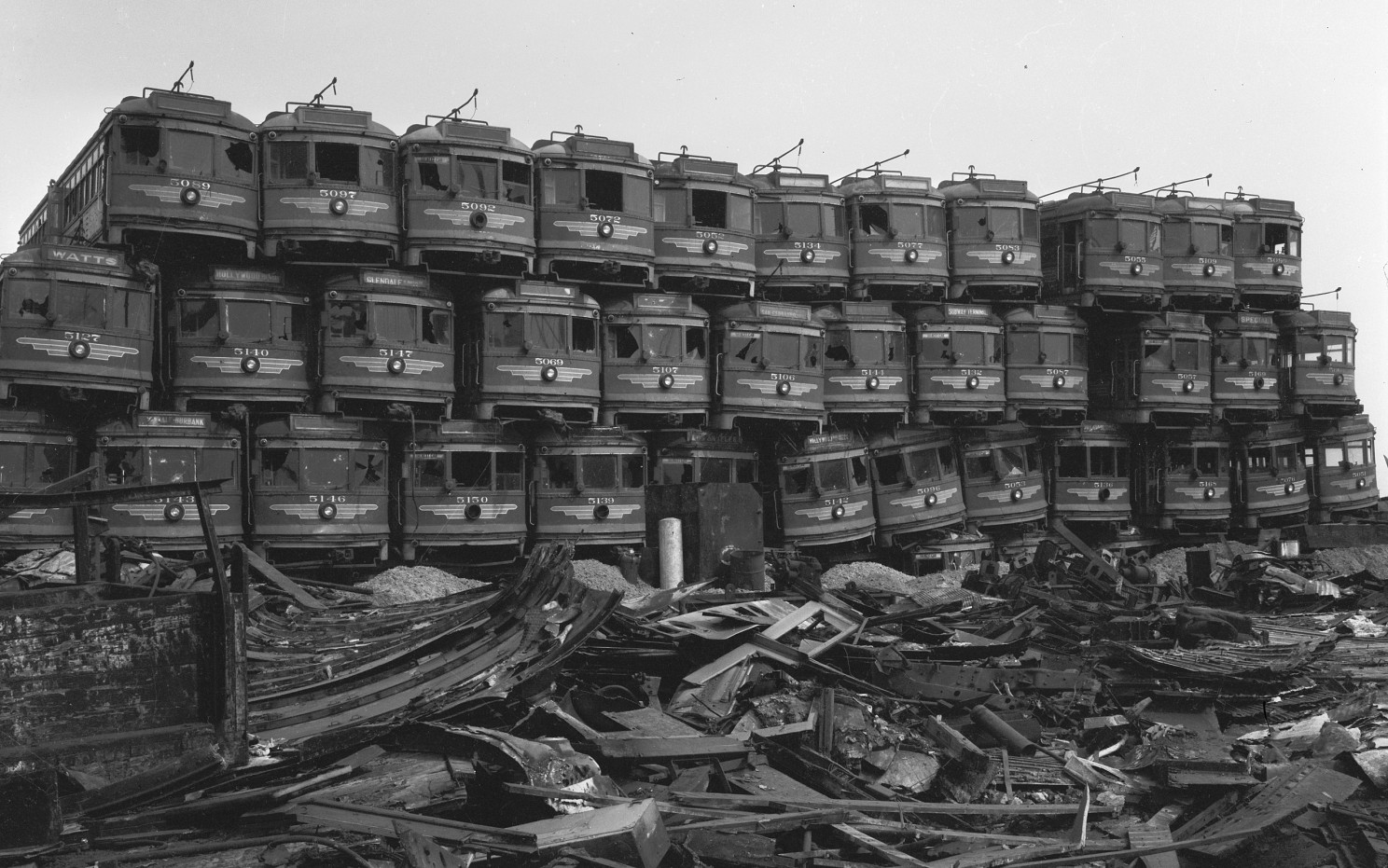I will start to beginn dropping essential interviews or insights from my second book, which is „in the making“. It will be published S. Fischer Verlag quarter 1/24.
One of the interviews I was really looking forward to, was the one with Carlos Moreno. The scientist and pro human-cities activist, who shapes Paris with Anne Hidalgo, mayor of Paris, back into a liveable, loveable citiy.
Carlos Moreno is University Professor, expert on cities and territories of tomorrow, specialist in intelligent control of complex systems.
He works as an associate professor at IAE Paris – Université Panthéon Sorbonne, and is co-founder and scientific director of the ETI Chair „Entrepreneuriat, Territoire, Innovation“, specializing in the study of complex systems and the development of innovation processes. Lately he was considered one of the 28 people in Europe most influential on the green agenda through his vision of cities and territories.

As people who speak plainly and do not paint pink clouds to obscure facts and necessary changes. And I got what I wanted: an hour of plain speaking from the man who, together with Anne Hidalgo, is giving Paris back to the people. Paris – as many who are there regularly tell me – is making its progress so perceptibly clear that it is a pure joy to be able to witness this green, sustainable and socially just transformation.
In the process, Anne Hidalgo has risked not being re-elected. To hold office without giving her city back to the people was unthinkable for her. She (and her re-election) should be a model for all politicians who hesitate and dither over doing the right thing because they care more about getting re-elected than going down in the history books.
Here is Carlos Moreno’s analysis from our conversation of how the poor and car-dependent state of our cities came to be. Regarding the structure of the text:
As „quotations“ you will find some hints from my side, regarding topics from our interview.
The interview-text of Carlos is in italic.
Le Corbusier published the Athens Charter in 1933, before the Second War. After the Second War, the Athens Charter has become the guideline for rebuilding our cities.

The Voisin Plan was a utopian urban design by Le Corbusier, which he exhibited in 1925.
The Voisin Plan was a utopian urban design by Le Corbusier, which he exhibited in 1925 in the pavilion of L’Esprit Nouveau at the „Exposition internationale des Arts Décoratifs et industriels modernes“ in Paris. The project, financed by the automobile and aircraft manufacturer Gabriel Voisin, envisaged the demolition of large parts of the old center of Paris on the right bank of the Seine and was therefore controversial.
We have lived it for seven decades. In general, after the Second War, our cities in reality are shaping by three materials. The first one, the concrete for building massively. The second one, the metal for generating this massivity of cars. The third one, the fossil energy petrol. Concrete for buildings, metal for cars, and petrol as a fossil energy are the three constituents of cities. And the modern architecture with the Athens Charter, with Le Corbusier, consider that, we need to separate the functions during the day. The residential districts, the corporate business districts, factories, the cultural activities, and the administrative activities. And we have deployed around the world, in North America, in South America, in Europe, in Asia, even in Africa, we have deployed this model of cities based on the separation of essential social functions.
Chandigarh is the only city in the world in which Le Corbusier (1887-1965) was able to implement his otherwise theoretical architectural and urban planning ideas and the tenets of the „Athens Charter“ for a model of the functional city. Starting in the 50ies.

Map of Chandigarh.
I propose to my students a very, very simple exercise, to take our cities in the legacy of Le Corbusier: We have proposed six functions:
- to live, for housing
- to work, for having a professional activity
- to supply, for shopping, the essential, or satisfying essential needs
- to care for the medical services, for health and physical health
- to educate, to take the different locations for having access to education and culture, and six
- to enjoy, to enjoy just for leisure activities, a public space.
And I propose to give one color for each one of functions, and to take the different cities around the world, and to identify the place for satisfying the daily needs for each one of functions. When we have accomplished this work, it’s very interesting, because we have the map of a city with the very precise segmentations. The colors are totally separated. And for a long time, this was the main guide of the lot of cities around the world, this‘ separation. And the solution for generating the communication between the different social functions, the solution was the infrastructure: roads, streets, highways, for hosting individual cars, petrol cars.

1961 written, the book is a critique of 1950s urban planning policy, which it holds responsible for the decline of many city neighborhoods in the US.
And after the Second World War, we have assisted towards this massivity of a lot of different infrastructures. In New York, Robert Moses, the architect of the city of New York, proposed a lot of different highways for crossing New York in the north, south, east, west. And Jane Jacobs was an activist for avoiding Robert Moses to continue to build the new highways.
And fortunately, this global movement of Jane Jacobs was an impeachment for avoiding to continue to cross New York with the platform.

How does a city become car-friendly? A few years after the war, Hannover was one of the first cities to find a visionary answer: the City Ring.
In Germany, in the Netherlands, also in the eastern countries, in the communist countries, it was the same situations. In Prague, in Bucharest, in Moscow, we have this same model. The big infrastructures for housing, for working, and the long distances generated with the motor highways, cars, cars, cars, cars, or the mass transportation with the peak hours, because the reason was a reason with a very precise constraint. A lot of people, in fact, are taking in the peak hours, early in the morning, and in the evening for commuting. And the mass transportation were in the very poor, very bad conditions, and worse, worse with the diesel cars.

The Great American Streetcar Scandal: systematic destruction of public transportation in 45 cities in the US, led by the largest car manufacturer GM.
This was the model for seven decades.
We need to expect now, this decade after the COP21, for having a global movement around the world, for saying, fed up with cars, fed up with diesel energy, fed up of pollution, of this pro-activist movement.
We need to transform our cities for having more livability, for reducing the long distances, for developing a more decentralization. But I think that this is the heritage of the Athens Charter, Le Corbusier, and this functionalistmovement.
Thank you, Carlos Moreno, for this and further insights and your inspiring work which will make the city center of Paris car-free for the Olympics and beyond 2024.



Schreibe einen Kommentar